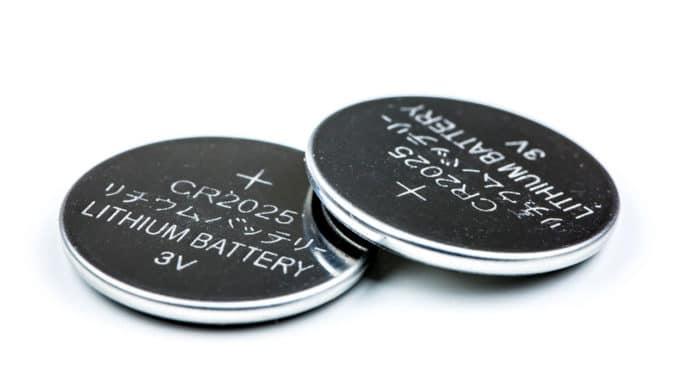Lithium becomes a vital material for battery technology as it widely being used in cell-phones and car batteries. Graphite doped with lithium atoms is one of the most common anode material in batteries. But the increasing use of lithium can lead to a shortage.
Given the increased demand for battery-powered devices and particularly electric cars, the need to find an alternative to lithium- one that is both cheap as well as abundant- is becoming urgent.
Sodium-ion batteries are an attractive alternative to lithium-based ion batteries due to several reasons. Sodium is the 6th most abundant element on Earth, while lithium is just 25th. Plus, sodium is available from various sources, including rock salt or seawater.
Although, a significant impediment for utilizing sodium batteries is the fact that graphite can only swell around one-tenth of that with lithium, which gives a diminished charge storage capacity and a shorter battery lifetime.
Guest scientists at EPFL have discovered a novel synthesis route to dope a few layers of graphene with sodium, which produced a highly efficient storage capacity. The method uses liquid ammonia as a catalyst due to its well-known ability to dissolve alkali metals, thus helping the reaction, and conveniently leaving the final material as a gas. The result is a material with the high calcium content.
An extra appealing component of the few-layer graphene matrix is that the magnetic moment (“spin”) of the transferred electron from sodium maintains its orientation for quite a while. This property is essential in a part of information technologies called spintronics.
Ferenc Simon, the paper’s senior author, said, “Our material can be synthesized on industrial scales and still retaining its excellent properties.”
The exciting results notwithstanding, the scientists acknowledge that the road to commercial products will be extended. But with the almost exponential growth in demand for batteries, the study opens up very promising possibilities for innovation.
The study was conducted by Ferenc Simon and Bence G. Márkus (from the Budapest University of Technology and Economics), with the team of Professor Forró at the Laboratory of Physics of Complex Matter. Other contributors include the University of Erlangen-Nürnberg, Universidad Complutense de Madrid, Yachay Tech University, University of Vienna.
Journal Reference:
- B. G. Márkus et al. Ultralong Spin Lifetime in Light Alkali Atom Doped Graphene. ACS Nano 02 June 2020. DOI: 10.1021/acsnano.0c03191
